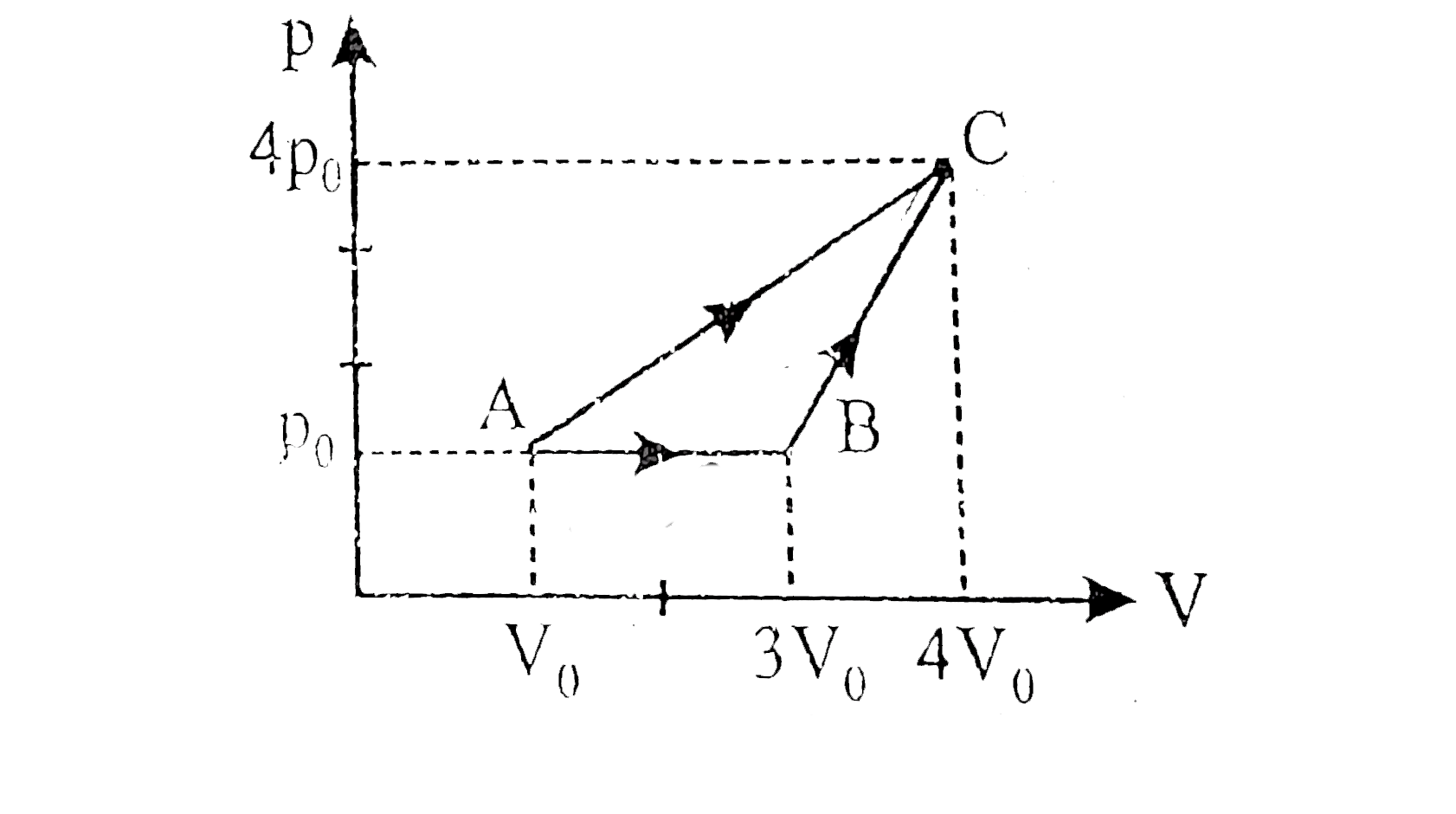A gas has molar heat capacity C=37.55 J mo≤−1K−1, in the process PT=constant. The number of degrees of freedom of the molecules of the gas.
The correct Answer is:5
PT = constant ⇒P2V = constant ⇒PV1/2 = constant
For this process C=CV+R1−1/2=CV+2R
⇒CV=37.35−2(8.314)=20.722=52R
⇒f2R=52R⇒f=5
Topper's Solved these Questions
- GEOMETRICAL OPTICSBOOK - ALLENCHAPTER - GEOMETRICAL OPTICSEXERCISE - EXERCISE - 04 (B)
15 Videos
- GEOMETRICAL OPTICSBOOK - ALLENCHAPTER - GEOMETRICAL OPTICSEXERCISE - EXERCISE - 05 (A)
73 Videos
- GEOMETRICAL OPTICSBOOK - ALLENCHAPTER - GEOMETRICAL OPTICSEXERCISE - Comprehension Based Questions
66 Videos
- CURRENT ELECTRICITYBOOK - ALLENCHAPTER - CURRENT ELECTRICITYEXERCISE - EX.II
66 Videos
- GRAVITATIONBOOK - ALLENCHAPTER - GRAVITATIONEXERCISE - EXERCISE 4
9 Videos
Similar Questions
Knowledge Check
A gas has molar heat capacity C=37.55Jmole−1K−1, in the process PT = constant, find the number of degree of freedom of the molecules of the gas.
A6B3C1D5If a gas has n degrees of freedom ratio of specific heats of gas is
A1+n2B1+1nC1+n2D1+2n
If γ be the ratio of specific heats (Cp&Cv) for a perfect gas. Find the number of degrees of freedom of a molecules of the gas?
View SolutionA gas undergoes a process such that p∝1T. If the molar heat capacity for this process is C=33.24J/mol−K, find the degree of freedom of the molecules of the gas.
View SolutionCalculate the number of degrees of freedom of molecules of hydrogen in 1cc of hydrogen gas at NTP.
View Solution
A certain quantity of ideal gas takes up 56J of heat in the process AB and 360 J in the process AC. What is the number of degrees of freedom of the gas.
View SolutionThe ratio (CpCv) for a gas is 1.29 . What is the degree of freedom of the molecules of this gas?
View SolutionFor an ideal monoatomic gas during any process T=kV, find out the molar heat capacity of the gas during the process. (Assume vibrational degree of freedom to be active)
View Solution
